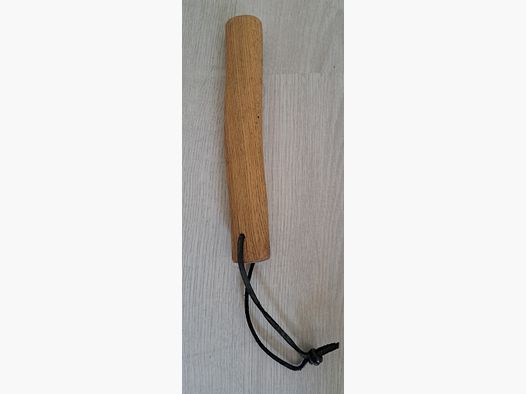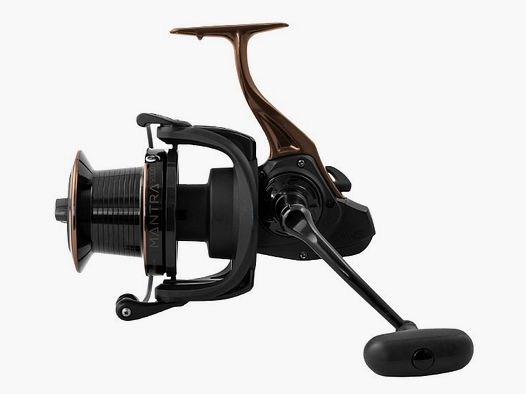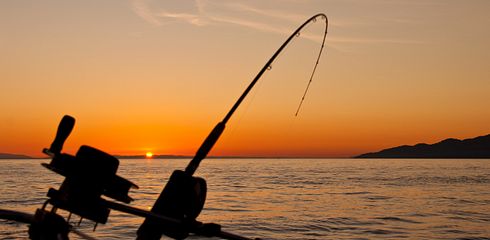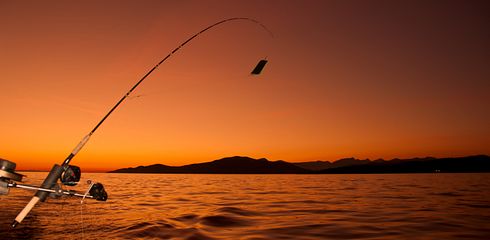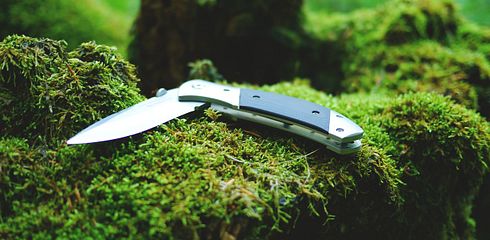Fly fishing, often referred to as the royal discipline of angling, exerts a special fascination. The elegance of the casts, the subtle grace of the flies, and the deep connection with nature make fly fishing a unique experience. If you are a beginner interested in this fascinating technique, a world opens up that goes far beyond traditional fishing.
1. Understanding the Basics of Fly Fishing
Before you dive into the world of fly fishing, it is important to understand the fundamental principles of this technique.
The Fly Rod: Unlike conventional fishing rods, fly rods are longer and lighter. The length allows for precise placement of the fly, while the lightweight enables fine control over the cast.
The Fly Reel: The reel in fly fishing is not primarily used for retrieving the fish, but for storing and managing the fly line. Its special design allows for precise control of the line.
The Fly Line: Unlike conventional fishing, the fly line is thicker and heavier than the fly itself. The heavy part of the line, known as the belly, allows you to position the fly where you want it.
The Fly: Flies in fly fishing are artificial imitations of insects or other prey. They are made from feathers, hair, and other materials, and are tied in a way that makes them look as similar as possible to natural prey.
2. Learning the Right Casting Technique
The cast in fly fishing differs significantly from other fishing techniques. Here are the basic steps:
Preparing the Cast: Stand with a side view to the water and hold the rod in a relaxed position.
The Backcast: Swing the rod back and let the fly line unroll completely. Make sure the line forms a straight line.
The Forward Cast: Swing the rod forward and let the line fly in the desired direction. Execute a smooth and precise motion.
Controlling the Line: Use the reel to control the line during the cast. Depending on the casting technique and fishing water, this can vary.
3. Choosing the Right Fly and Suitable Water
The choice of fly depends on various factors, including the type of fish you want to catch and the local conditions. Dry flies imitate insects that float on the water's surface, while wet flies or nymphs imitate insects that fish underwater.
The water also plays a crucial role. Flowing waters like streams and rivers are particularly well-suited for fly fishing, but still waters like lakes can also be successfully fished.
4. Mastering the Art of Drift and Presentation
In fly fishing, the drift, or the natural presentation of the fly in the water, is of great importance. It requires sensitivity to present the fly in such a way that it drifts down the current naturally. This can be achieved by choosing the right line tension and positioning the fly correctly.
5. Respectful Interaction with Nature
Fly fishing not only brings you closer to the fish but also to nature. Therefore, always respect the environment. Avoid noise and leave no litter behind. The fascination of fly fishing goes hand in hand with an appreciation for the beauty of the waters and their inhabitants.
Conclusion: A Fascinating Adventure Begins
Fly fishing is more than just a fishing technique; it is an art, a passion, and a continuous journey of learning. As a beginner, it may seem challenging at first, but with patience and dedication, you will master the subtle art of fly fishing. Immerse yourself in this fascinating adventure, explore new waters, experiment with different flies, and learn from every experience on the water. Fly fishing opens a door to a world full of beauty and elegance – a world waiting to be discovered by you. Tight lines and much joy in fly fishing!





